What are cultural resources?
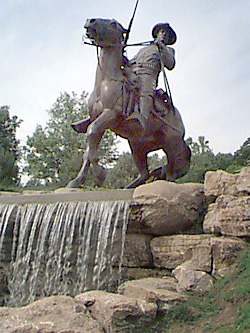
Place: a monument to Buffalo Soldiers in Fort Leavenworth, Kansas.
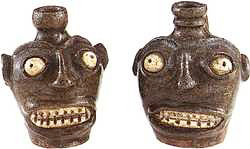
Objects: Edgefield face jugs.
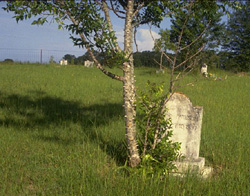
Landscape: a tree grave marker in a Florida church cemetery.
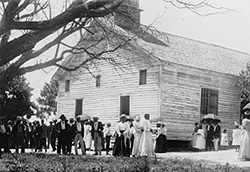
Structure: a Georgia church, photograph circa 1890s.
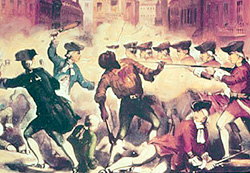
Site: Boston, site of the death of Crispus Attucks in the Boston Massacre of March 5, 1770.
Cultural Resources are the material evidence of past human activities. Finite and nonrenewable, these tangible resources begin to deteriorate almost from the moment of their creation. In keeping with the Organic Act of 1916, subsequent amendments to it, other legislation and executive orders, the fundamental purpose of the National Park Service is to conserve park resources, both natural and cultural, and to maintain them unimpaired for the enjoyment by future generations. Conservation or preservation is the predominate responsibility for park management, reflecting the irreplaceable nature of these material resources (NPS 1997:1; NPS 2001:1.4.1).
The National Historic Preservation Act recognizes five property types: districts, sites, buildings, structures, and objects. As called for in the act, these categories are used in the National Register of Historic Places, the preeminent reference for properties worthy of preservation in the United States. To focus attention on management requirements within these property types, the NPS Management Policies categorizes cultural resources as archeological resources, cultural landscapes, structures, museum objects, and ethnographic resources (NPS 2001:5.0).
What are “ethnographic” resources?
Ethnographic resources are the cultural and natural features of a park that are of time-honored significance to traditionally associated peoples. These peoples are the contemporary park neighbors and ethnic or occupational communities that have been associated with a park for two or more generations (40 years), and whose interests in the park’s resources began prior to the park’s establishment. Living peoples of many cultural backgrounds—American Indians, Inuit (Eskimos), Native Hawaiians, African Americans, Hispanics, Chinese Americans, Euro-Americans, and farmers, ranchers, and fishermen—may have a traditional association with a particular park (NPS 2001:5.3.5.3).
Ethnography identifies, researches, documents, and maintains inventories of park cultural resources with traditional meanings and continuing use by such peoples. Ethnographic resources often have significance as other kinds of cultural resources and vice versa. For example a site, structure or landscape imbued with special meaning by people traditionally associated with a park may also be an archeological or cultural landscape resource (NPS 1997:1.9-10, 10:161–162).
There are four major kinds of ethnographic resources: ethnographic landscapes, ethnographic places, ethnographic objects, and ethnographically significant natural resources. Ethnographic landscapes and places may include specific sites and structures. Determination that a cultural resource is an ethnographic resource is based primarily on the perception of the social group or groups associated with that it:
- Has value as an element of their ethnic history,
- Is traditionally meaningful to their identity as a group
- (When applicable) Is vital to the survival of their traditional life ways (NPS 1997:5:160; Schoepfle et al 1998:3–4; NPS 2001:5.3.5.3).
Types of “Ethnographic” Resources
- Ethnographic Places
- Ethnographic Objects
- Ethnographic Landscape/ Natural Resources
- Ethnographic Places/Structures
- Ethnographic Places/ Sites of significant events
Ethnographic resources are markers of a peoples’ cultural heritage.





